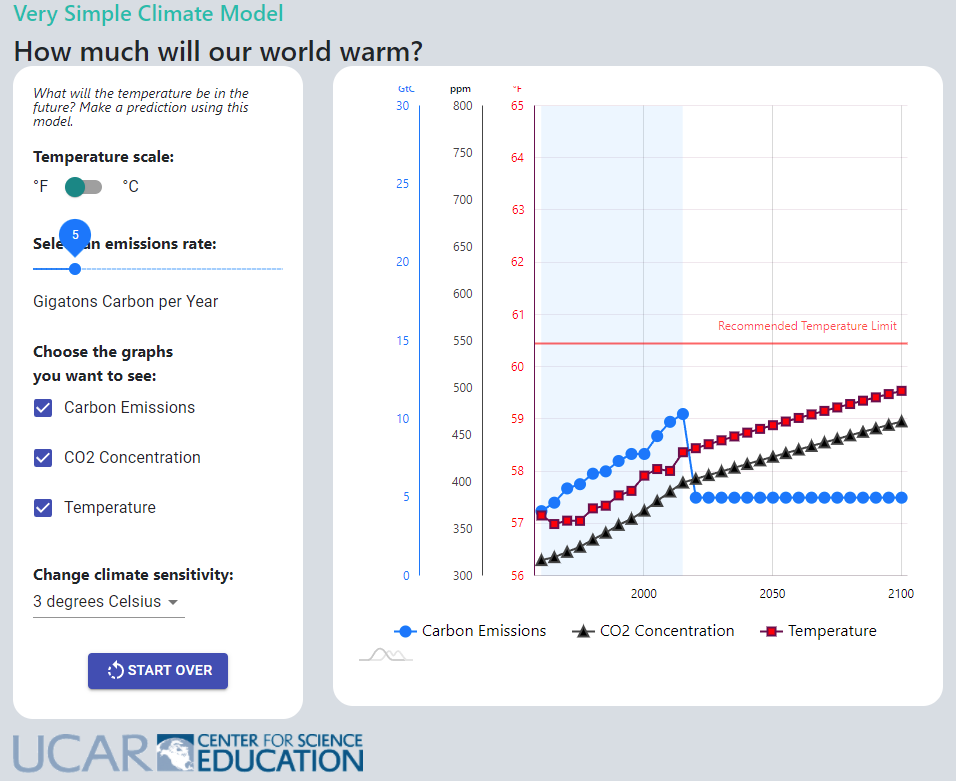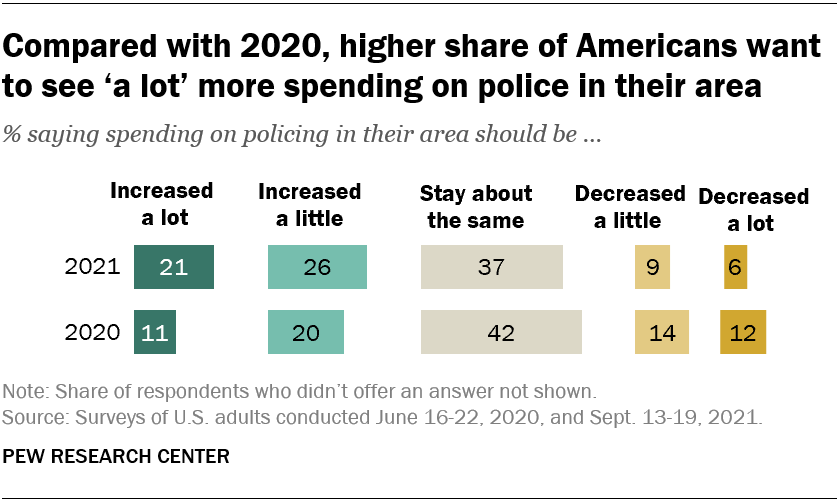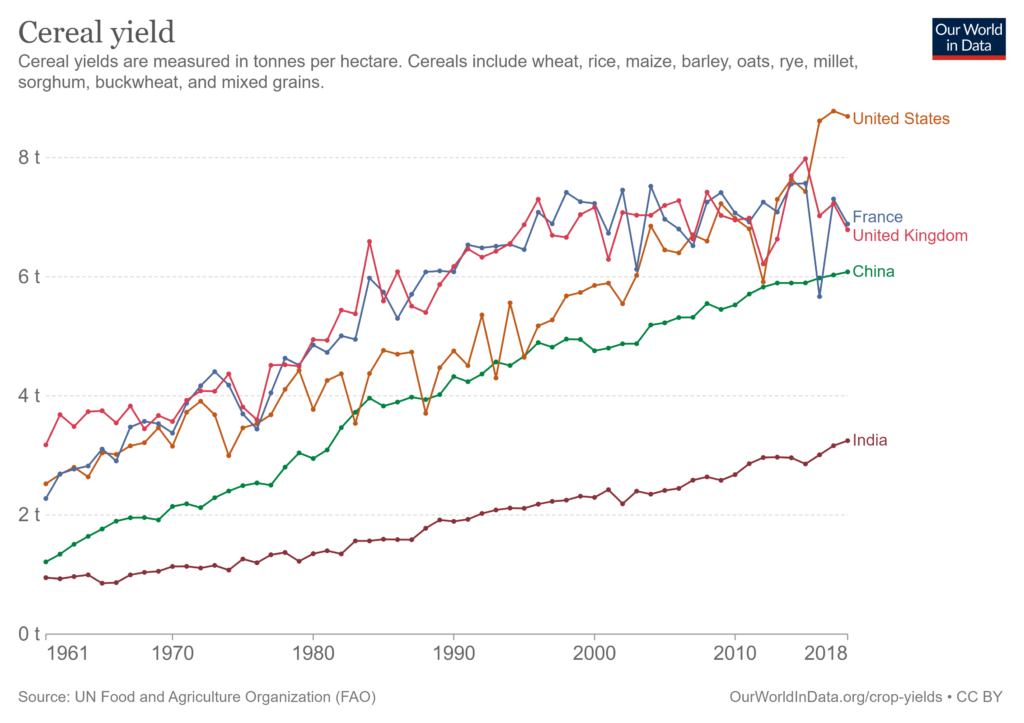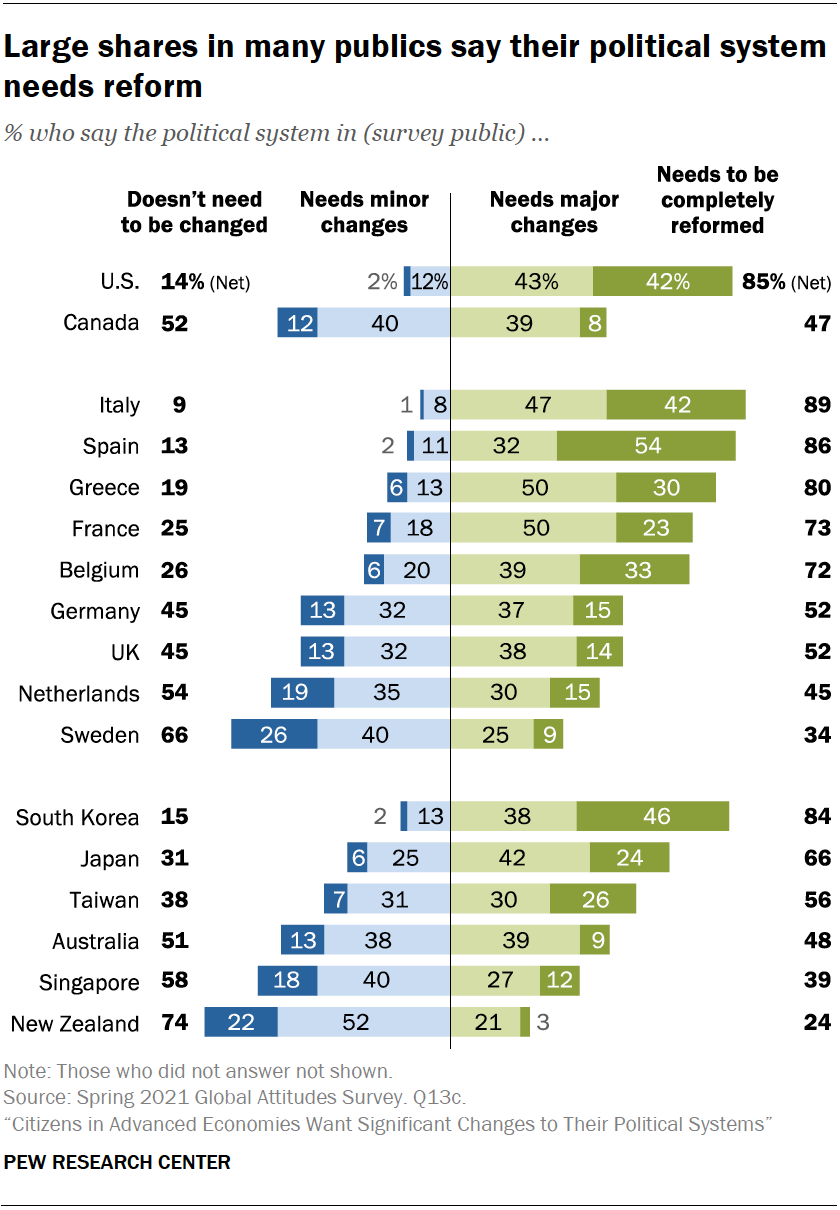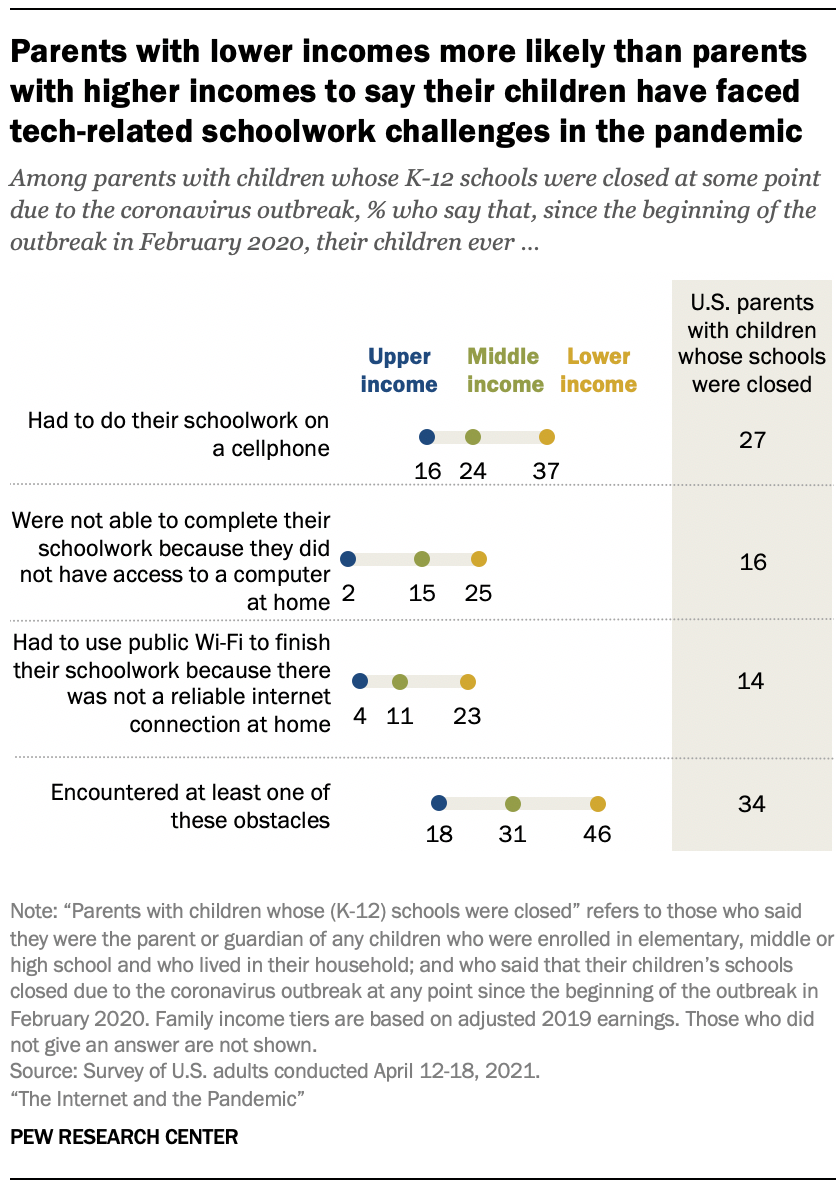The eia article Use of electricity in houses to grow more quickly in developing economies by Courtney Sourmehi (11/5/2021) is a good example of the difference between totals and per capita.
Reference case, we project that residential buildings outside the Organization for Economic Cooperation and Development (OECD) will consume more electricity than all residential and commercial buildings combined in OECD countries by 2050. However, people in non-OECD countries will, on average, still consume less than half as much residential electricity as in OECD countries.
What is driving the increase use of electricity?
Population and household income are key drivers of residential electricity consumption. Over the next 30 years, we expect the populations in non-OECD countries to grow three times faster than the populations in OECD countries. As standards of living rise in non-OECD countries, as reflected in increases in household income, we also project increased demand for electricity to power new household electronic devices and appliances, such as air conditioners and electric cooking ranges. In OECD countries, electricity consumption will grow more slowly because of less population growth, gains in energy efficiency, and slower increases in household income.
There are links to sources in the article.

